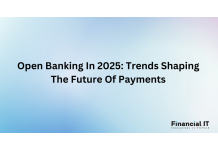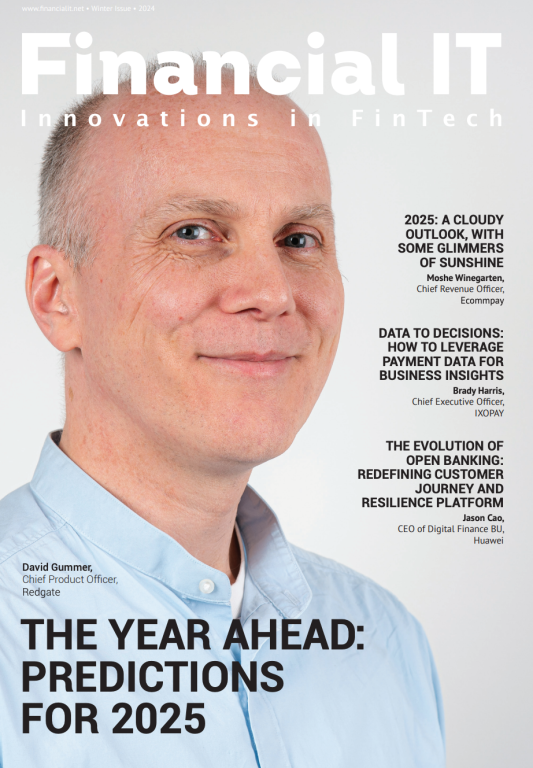3 Keys to Strengthening Customer Experience by Offering Real-Time Payments

- Gareth Lodge, Senior analyst, global payments at Celent
- 16.03.2022 10:15 am #payments , Gareth Lodge is senior analyst, global payments, at Celent. He’s a leading expert on bank payment processing; payment networks and infrastructures; and real-time payments, a topic he has been active in since 2006. Prior to Celent, Gareth worked for Secura Monde International, a leading cash consultancy; as Regional Research Director of European Payments at TowerGroup; and in corporate strategy at VocaLink Ltd, the UK ACH and ATM network. Gareth has a Bachelor of Science in Quantity Surveying from the University of Portsmouth and a Post-Graduate Degree in Information Science from the University of North London.
Real-time payments, pioneered more than 40 years ago, are now a global phenomenon, present in more than 50 countries. The United States has lagged behind, though. Of the 15 largest countries (ranked by GDP) that are embracing real-time payments, the US is the only one without significant volumes of real-time payments.
That is changing, though, with customer demand demonstrably high. Prime example: Zelle, where volumes grew 49% in 2021, with 850 active participating financial institutions and users from more than 7,000 FIs. Customers clearly want this functionality, yet many US banks and credit unions don’t yet seem to recognize the benefit of offering it. This creates both opportunities for those banks that do recognize this sea change—and a real threat to those that don’t take action in time.
Successful implementation of real-time payments relies on explicitly getting customers to choose real-time payments. Three best practices can help FIs better understand and deliver real-time payments in order to strengthen customer engagement and the overall customer experience (CX).
#1. Prioritize customers.
Too often, banks forget customers, their perspectives, and their needs. For banks to succeed with real-time payments, they must take a fresh mindset.
Banks often don’t see the business case for real-time-payments. Instead, they’re often focused on how real-time payments compare to other payment types, prioritizing things (like fraud and settlement) that are important to banks, but aren’t clients’ primary focus. With Zelle processing on order of 2 billion transactions in 2021, the signal’s clear: customers want real-time payments and, if their bank or credit union doesn’t offer them, will go direct.
Now is the time to consider—and offer—products that current and prospective customers want. Rather than simply managing real-time payments, they should sell it as a product, promoting its features and benefits, highlighting how it differs from other payment types and why those differences matter to customers. Banks must ensure that this new payment is just as reliable as existing methods and that the experience is equally easy and seamless. Thinking through the customer experiences (and how they vary for different customers, types, and occasions) is essential.
#2. Take a comprehensive look at the value of real-time payments.
The more that customers understand about the full value and efficiencies provided by real-time payments, the more appealing real-time payments will be. Real-time payments are far more than “faster ACH,” yet that’s often the (over)simplified way of presenting them. Speed certainly helps, but isn’t the only value aspect. Banks must emphasize the big picture of how real-time payments can deliver value to customers.
Important features include:
Irrevocable, good funds: With many real-time payments offerings globally, the payment is irrefutable once it leaves the sending bank. This means that the recipient can use the payment when they see it. When compared to other payment types that can be reversed, cancelled, or recalled, this can accelerate working capital by days—a significant benefit to small businesses.
24/7 payments: With a card, most merchants don’t get the full benefit of a transaction until it’s paid into their account. Real-time payments allow payments to be made ’round the clock, 24/7.
A single message: Unlike batch payments (with processing typically at a later point in time), real-time payments are processed individually, each in real time. The payment, serving as a single message that facilitates management through business processes and APIs, can be embedded in a chain of events, facilitating greater levels of automation and speed throughout an entire transaction (e.g., order placement, request for payment, payment, automated release of goods, and shipping).
#3. Help customers understand real-time payments use cases.
For banks to tap into and further stimulate the current interest in real-time payments, they can’t leave it to chance that customers understand the use cases for and benefits of real-time payments. Instead, FIs must communicate this information clearly.
Unifying all use cases: the ability for real-time payments to bring flexibility to processes. When paired appropriately with available digital tools, real-time payments solve varied business problems of customers. Many use cases relate to common business opportunities and/or problems; others may be unique to particular types of businesses. Understanding their scope will help FIs innovate, with benefits such as:
Improved processes: Efficiencies are clear with real-time payments. Consider the use case of a quick-serve restaurant, with staff working varying shifts. The restaurant owner can pay by check every two weeks (not ideal for workers who need early funds) or in cash (which requires significant time to calculate shifts and pay, also requiring cash on-hand for each pay envelope). In this instance, real-time payments for employees provides a timekeeping solution that can trigger payments, including as soon as a shift ends. Another process improvement from real-time payments: certainty. Take the case of releasing high-value goods—risky until the funds are as guaranteed as possible. Forms of payment available to a used car dealer are risky, expensive, and/or slow; real-time payments allow for funds to be in a dealer’s account, even on a Sunday morning, facilitating the process of finalizing a sale.
Instant banking: A growing number of banks make instant loan decisions, but few can pay the loan amount instantly, leaving customers in the lurch for days. Real-time payments enable the entire loan process in a matter of minutes. Not only does this provide efficiencies for the bank, it eliminates many headaches from the customer experience. Taking this a step further, banks can use real-time payments to create entirely new loan opportunities, such as short-term loans and credit-building loans for under-banked customers.
COVID accelerated the move to digital in all areas of life, certainly including banking. Anything digital comes with an expectation of instantaneous, continual availability. Real-time payments are here and it’s difficult to imagine our real-time world without them. As banks review their business cases for offering real-time payments, they’ll be well-served to consider the big picture of their value, including reduction in churn and the ability to attract customers from other banks.
Gareth Lodge is senior analyst, global payments, at Celent. He’s a leading expert on bank payment processing; payment networks and infrastructures; and real-time payments, a topic he has been active in since 2006. Prior to Celent, Gareth worked for Secura Monde International, a leading cash consultancy; as Regional Research Director of European Payments at TowerGroup; and in corporate strategy at VocaLink Ltd, the UK ACH and ATM network. Gareth has a Bachelor of Science in Quantity Surveying from the University of Portsmouth and a Post-Graduate Degree in Information Science from the University of North London.


























